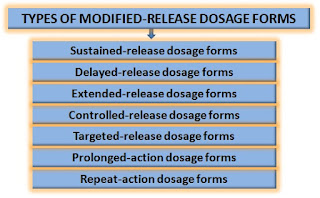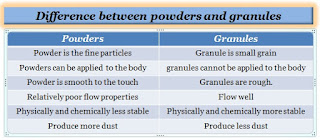The inhalation route of drug administration is particularly designed to offer significant advantages, including rapid onset of action, low risk of systemic side effects, and direct delivery to the disease target site.
The inhalation route of drug administration consists of administration of a substance in the form of a gas, aerosol, or fine powder via the respiratory tract, usually by oral or nasal inhalation, for local or systemic effect. The inhalation route of drug administration is an effective technique for local and systemic drug delivery for pulmonary and non-pulmonary diseases. The purpose of this route of drug administration is to target particular cells or areas of the lung, bypassing the lung clearance system, thus providing high retention of the drug over a long period.
Advantages of inhalation route of drug administration:
- The major advantage of the inhalation route of drug administration is that, in the treatment of lung and certain other diseases, it is a most commonly used technique to administer medication, it provides rapid onset of action by delivering the active pharmaceutical ingredients to the disease target site.
- As compared with other forms of the route of drug administration it has minimum systemic side effects.
- This offers a very quick absorption because of the huge surface area of the respiratory endothelium.
- It is easy to administer and effective for patients who have distressed breathing.
- It is possible to administer larger doses than this.
- Modifying the dose of the drug, according to the needs of the patient is simple.
- Inhalation therapy facilitates self-administration and therefore increases the compliance of patients.
- It is possible to formulate a combination of different types of drugs in a single dose for the treatment of disease.
- Localization of the drug increases the possibility of dose reduction and drug degradation.
- Owing to minimal intracellular and extracellular drug-metabolizing enzyme activities, high bioavailability of drugs can be achieved in the lungs.
Disadvantages of inhalation route of drug administration:
- The major disadvantage of the inhalation route of drug administration is that limited drugs are suitable for formulation with this technique.
- Cleaning after each application is necessary to avoid potential contamination.
- The active pharmaceutical ingredients (API) and excipients those have an unpleasant taste and odor are difficult to formulate.
- Bioavailability relying on the inhaler technique of the patient and the size of drug particles formed through the delivery technique.
- The performance can be shown variation in between different types, brands, and models prepared by the pharmaceutical industries.
- For the drug to work optimally, the proper inhaler technique is required, which varies every time, particularly when used by children and elderly patients.
- As compared with other routes of drug administration, the cost is the major disadvantage of the inhalation route of drug administration since it requires special processes and containers to be prepared.
Commonly asked questions on the route of drug administration are as follows.
What are the different routes of drug administration?
The oral route, sublingual and buccal routes, ocular route, inhalation, rectal, rectal, topical, and trans-dermal are some of the types of the route of drug administration.
What is the major disadvantage of the sublingual route of drug administration?
The limited drugs are available as sublingual formulations and it needs to be placed under the tongue to dissolve, it may be inconvenient for some patients.
What are the different types of modified release drug delivery systems?
Delayed-release dosage forms, prolonged-action dosage forms, repeat-action dosage forms, extended-release dosage forms, controlled-release dosage forms, targeted-release dosage forms, and sustained-release dosage forms, etc. are the types of modified release drug delivery systems.
What is the major advantage of the oral route of drug administration?
The major advantage of the oral route of drug administration is that it is convenient, simple, and secure that is readily available by prescription.
You may also like this

